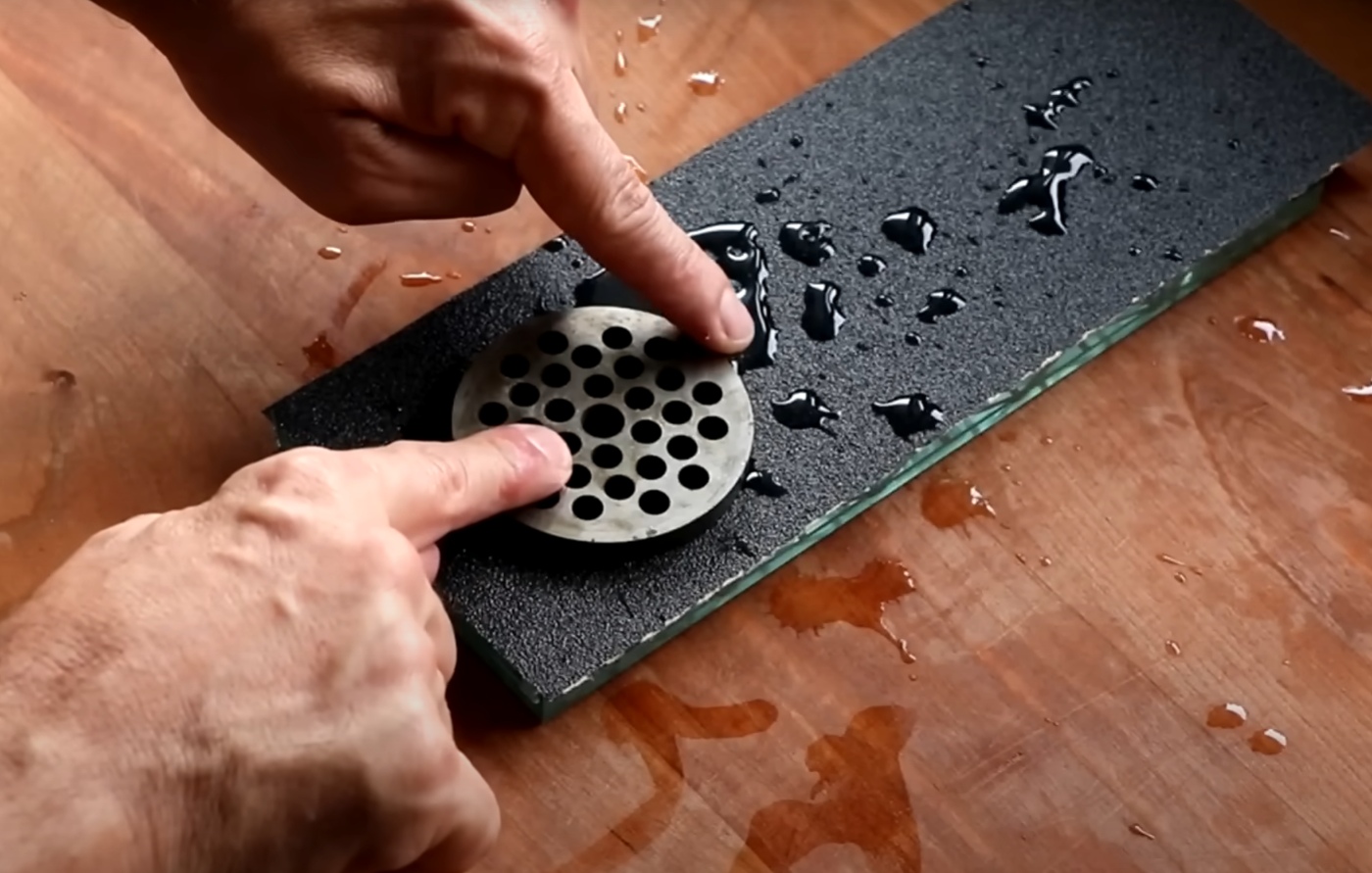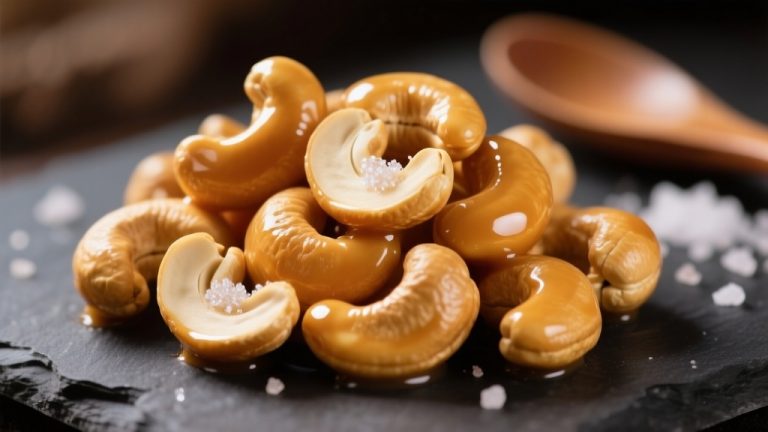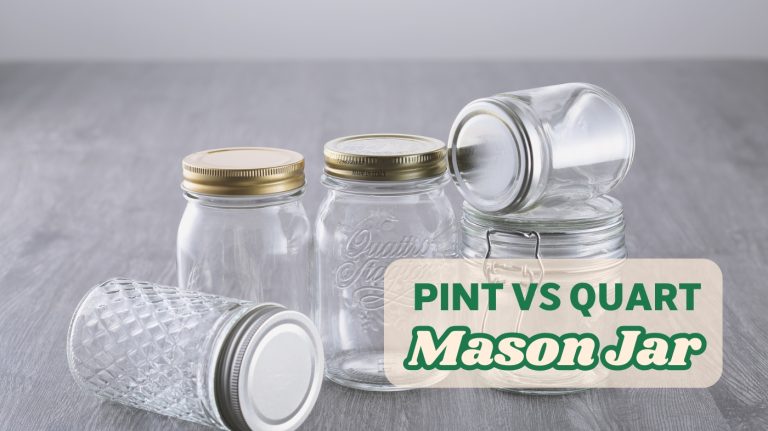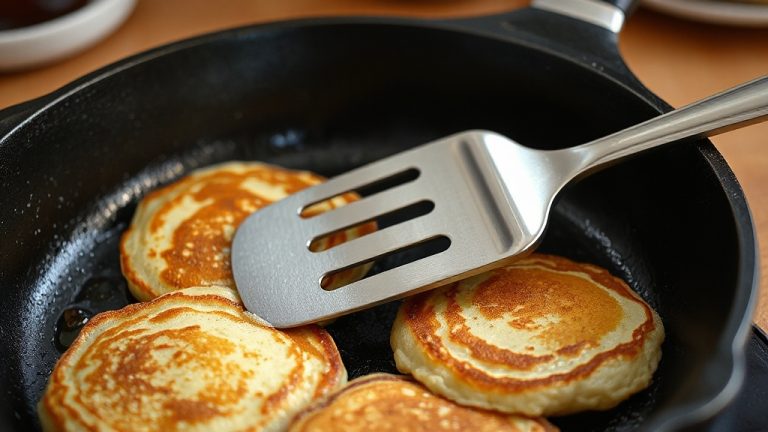How to Sharpen Meat Grinder Blades: Quick and Simple Steps
To sharpen your meat grinder blades, first, unplug the grinder and carefully dismantle it, keeping track of all parts. Use a flat, clean surface and dampen it slightly.
For sharpening, utilize sandpaper at a 45-degree angle, applying a figure-of-eight motion to guarantee an even edge.
Start with a coarse grit for very dull blades, then progress to finer grits for refinement. After sharpening, test the edge by slicing through paper.
Things You Need to Do to Sharpen Meat Grinder Blades
To sharpen your meat grinder blades effectively, follow these essential steps to ensure a precise and efficient sharpening process.
Preparing Your Workspace
Before you begin sharpening your meat grinder blades, setting up an appropriate workspace is essential for achieving ideal results.
Start by selecting a flat surface, like a granite countertop or a piece of glass from a picture frame. This surface guarantees even contact with the blades, allowing for effective sharpening.
It’s imperative that the area is clean and dry; any debris or oils can interfere with the sharpening process.
Regular maintenance is imperative for safety during use and will help keep your blades sharp and efficient.
To enhance stability, consider dampening the surface with a cloth before applying sandpaper.
This helps prevent the sandpaper from slipping while you sharpen the blades.
Make sure the workspace is large enough to accommodate both the meat grinder blade and the sandpaper, giving you ample room to move the blade back and forth during the process.
Good lighting is also essential. A well-lit workspace improves visibility, making it easier to see your blades and the sharpening progress.
Dismantling the Grinder
Dismantling the meat grinder is a key step in the sharpening process, as it allows you to access the blades safely and effectively.
Start by unplugging the grinder to guarantee safety. Then, remove the hopper and any attachment.
You’ll need to unfasten the plate and blade, which typically involves loosening screws or knobs. Make sure to keep these parts organized to avoid losing them.
Once you’ve removed the plate and blade, examine them for wear. If they’re damaged, it’s time to sharpen or replace them with new plates.
Here’s a quick checklist to help you through the process:
| Step | Action |
|---|---|
| 1. Safety | Unplug the grinder |
| 2. Disassembly | Remove the hopper and attachments |
| 3. Inspection | Check the plate and blade for damage |
Sharpening Techniques for Meat Grinder Blades
Effectively sharpening meat grinder blades is essential for maintaining their performance and guaranteeing efficient grinding.
To sharpen the blades, you can use a belt sharpener or sandpaper, focusing on each surface at a 45-degree angle for ideal results.
Curved knife techniques can also be beneficial in understanding how to maintain the edges effectively, as curved knives require specific sharpening techniques.
If your meat grinder blades are extremely dull or damaged, start with a coarse grit belt before changing to fine grit belts for a smoother finish.
When using a belt sharpener, maintain a comfortable and controlled motion as you sharpen the blades, which will help you achieve a clean, mirror-like finish.
Alternatively, if you prefer sandpaper, apply a figure of eight pattern while keeping that 45-degree angle.
Progressively move through finer grits to refine the edge.
Another effective technique involves wet sanding on a piece of glass. Using 400 and 800 grit sandpaper on this smooth surface can provide a finer finish and enhance cutting performance.
Finishing Touches
Once you’ve sharpened your meat grinder blades, it’s crucial to focus on the finishing touches to guarantee they perform at their best.
Start by testing the blade’s sharpness; a simple way to do this is by slicing through a piece of paper.
If it cuts cleanly, you’re on the right track. For further refinement, take care to use 600 grit sandpaper and run it over the blade four times, which will help create a fine edge.
Next, clean the blade thoroughly with water and dry it completely to prevent any rust or corrosion. To achieve a mirror-like finish, polish the blade using a fine polishing compound, such as jeweler’s rouge or a ceramic polishing compound.
Once you’ve completed these steps, reassemble your meat grinder and test its performance with a small batch of meat.
| Step | Action | Purpose |
|---|---|---|
| Test sharpness | Slice through paper | Verify blade sharpness |
| Sanding | Use 600 grit sandpaper | Create a fine edge |
| Polishing | Apply polishing compound | Achieve a finish |
Maintenance Tips
To ensure your meat grinder operates at its best, regular maintenance is essential. Start by sharpening the blades using various methods, including sharpening stones or sandpaper.
For blades with heavy scratches or nicks, use coarse grit first, then switch to fine grit for polishing. This sharpening process will enhance the appliance’s performance and extend the lifespan of your grinder.
Additionally, keeping the grinder clean and dry after each use is vital for preventing rust and ensuring smooth operation; thus, regular cleaning and maintenance should be a part of your routine.
Dismantle the grinder carefully, sharpening each blade surface meticulously. Once sharpened, reassemble the appliance securely.
After each use, clean the grinder thoroughly, ensuring all components are free from residue. Consider applying silicone spray to the plates after washing; this helps prevent corrosion and keeps your grinder in top condition.
Frequently Asked Questions
Can You Sharpen a Meat Grinder Blade?
Yes, you can sharpen a meat grinder blade. It involves removing the blade, using a sharpening stone or file, and carefully honing the cutting edge to restore its efficiency. Always guarantee safety precautions are followed during this process.
How Do You Sharpen a Meat Cutter Blade?
Imagine honing a sword’s edge; you disassemble the cutter, locate the blades, then use coarse grit for scratches and fine grit for polish. Test sharpness with paper, ensuring a clean, efficient cut. Safety first—wear gloves!
Do Meat Grinder Blades Get Dull?
Yes, meat grinder blades do get dull over time due to regular use. Factors like metal fatigue, wear, and corrosion contribute to this dullness, impacting your grinder’s performance and the quality of the ground meat.
Why Is My Meat Grinder Not Grinding?
If your meat grinder isn’t grinding, check for dull blades, improper blade size, or insufficient temperature of the meat. Regular maintenance and cleaning can prevent these issues, ensuring efficient and effective grinding performance.
Sharpen Your Meat Grinder Blades Perfectly and Grind with Confidence
To summarize, keeping your meat grinder blades sharp is as vital as a chef’s knife in a kitchen. Sharp blades guarantee efficient grinding, reducing strain on the motor and enhancing the quality of your meat.
Regular maintenance and sharpening can extend the life of your grinder, making it a reliable tool for your culinary endeavors.
Following the outlined steps will ensure your grinder operates smoothly, enabling you to create delicious ground meat dishes effortlessly.







